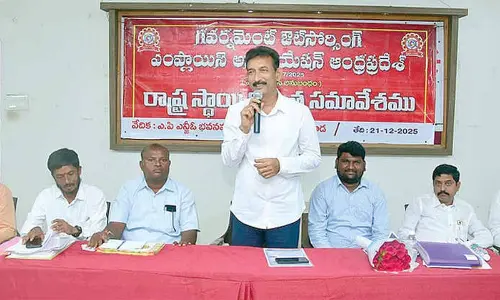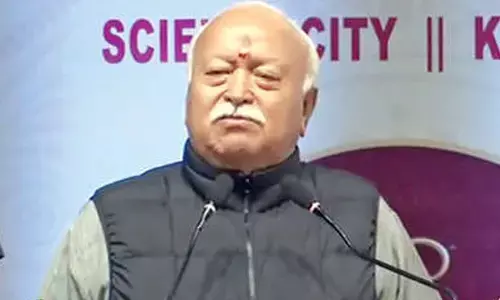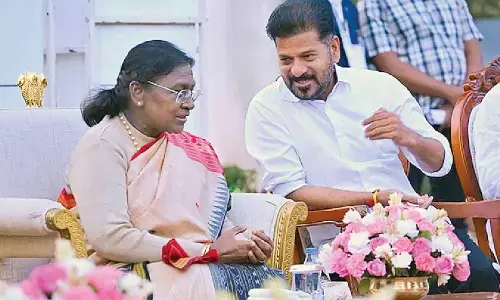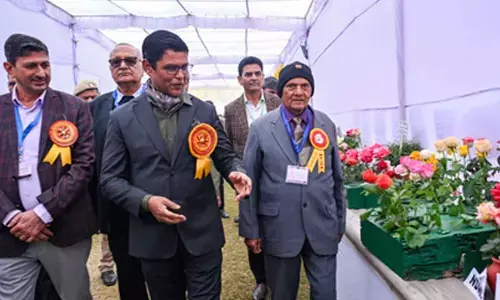Bhaskarasya Yatha Tejo Makarasthasya Vardhate

Uttarayana and Dakshinayana, two celestial events in Hinduism, refer to the movements of the sun signifying new beginnings and prosperity
‘Just like the Sun rises (brighter and longer days) in Makara Rashi, the same way we wish you health and prosperity’!
Uttarayana and Dakshinayana, two astronomical events marking the Sun’s path on the celestial sphere, hold profound significance in Hinduism and Indian culture. These events are interwoven with religious beliefs and cultural practices, shaping the timing of festivals and rituals. The story of Bhishma Pitamaha’s death during the Mahabharata War is intricately linked to these celestial occurrences.
Uttarayana, the Northern Solstice, signifies the Sun’s northward movement, entering the Makara Rashi, and marks the commencement of the harvest season. Celebrated as Makar Sankranti, it holds a special place in Hindu traditions. On the other hand, Dakshinayana, the Southern Solstice, witnesses the Sun’s southward movement, indicating the onset of the monsoon season. Dakshinayana begins on Karka Sankranti, or July 16th, as the Sun transitions into Karka Rashi (Cancer).
Every change in the zodiac sign is termed Sankranti, symbolizing the Earth’s orbit around the Sun. According to Puranas, Dakshinayana represents a period when deities are in celestial sleep, considered their night. This time is deemed ideal for spiritual practices, meditation, enlightenment, and penance. Lord Vishnu is believed to awaken from his sleep during Uttarayana, opening the doors of Vaikuntha for devotees.
The Bhagavad Gita emphasizes the cosmic energies during the six months of Uttarayana, positively influencing human consciousness on the subtle, astral level. Bhishma Pitamaha, with the boon of Iccha mrutyu, waited on a bed of arrows until Makar Sankranti to choose the auspicious time for his departure.
Makar Sankranti, dedicated to the Sun God, is a harvest festival celebrated across India with devotion. Offerings like Sweet Pongal, sugar cane, turmeric plant, and sesame seeds are offered to The Sun God after puja. Aditya Hrudaya Stotram is recited, and in Telugu states, a picture of Bhaskara riding a chariot is drawn with rice flour.
The festival officially heralds the arrival of spring and consistently falls on the same day each year in the Gregorian calendar. However, due to the Earth’s revolution, the date is postponed by one day every eight years. Predictions suggest that from 2050 onwards, Makar Sankranti may fall on January 15th and occasionally on January 16th during leap years.
Beyond Bhishma’s tale, Makar Sankranti holds various religious and spiritual references. The Kumbh Mela often begins on this day, and the arduous pilgrimage to Sabarimala Temple culminates around Makar Sankranti. Many Hindus mark the day by taking a dip in holy rivers to absolve sins.
According to Puranas, on Makar Sankranti, the Sun visits his son Shani’s house, the Lord of Makar Rashi, symbolizing the importance of relationships. This day also marks the end of the menace of the Asuras, buried under the Mandar Parvat by Maha Vishnu.
The festival commemorates the end of negativity and the beginning of an era of righteous living. It holds stories of Raja Bhagirath’s redemption of his ancestors through the arrival of River Ganga on Earth. Devotees take dip in holy waters, offering tarpan to their ancestors.The tradition of flying kites during Makar Sankranti is believed to have been initiated by Lord Ram. The kite-flying story is mentioned in Ramcharitmanas and Kamba Ramayana, highlighting the friendship between Ram and Hanuman blossoming on this day.
Makar Sankranti is a day of new beginnings and paths. May it bring happiness and success to every individual and family, symbolizing the harvest of positivity and prosperity.




















